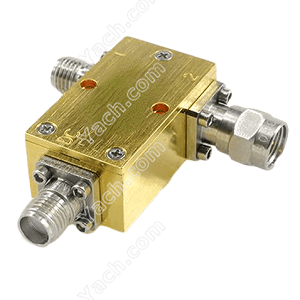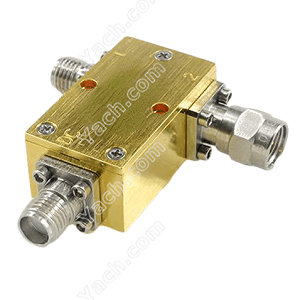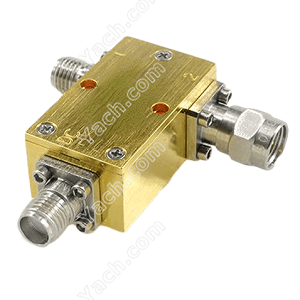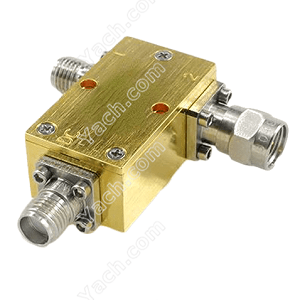What is a power amplifier?
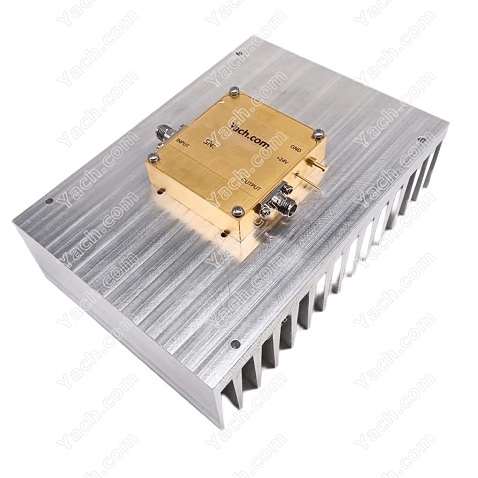
The function of the amplifier is to amplify and output the input content. The contents of input and output, which we call "signal", are often expressed as voltage or power. For a "system" such as an amplifier, its "contribution" is to raise the "absorbed" things to a certain level and "output" them to the outside world. If the amplifier can have good performance, it can contribute more, which reflects its own "value". If there are some problems with the amplifier, after starting to work or working for a period of time, not only can it no longer provide any "contribution", but there may be some unexpected "shock". This "shock" is disastrous for the outside world or the amplifier itself.
The main technical index of RF power amplifier is output power and efficiency. How to improve the output power and efficiency is the core of the design goal of RF power amplifier. Usually in RF power amplifier, the fundamental frequency or a certain harmonic can be selected by LC resonant circuit to realize undistorted amplification. In addition, the harmonic component in the output should be as small as possible to avoid interference to other channels.
The working frequency of traditional linear power amplifier is very high, but the relative frequency band is narrow. RF power amplifier generally adopts frequency selection network as load loop. RF power amplifier can be divided into three working states: a (a), B (b) and C (c) according to different current conduction angles. The conduction angle of class a amplifier current is 360 °, which is suitable for small signal and low power amplification. The conduction angle of class B amplifier current is equal to 180 °, and the conduction angle of class C amplifier current is less than 180 °. Both class B and class C are suitable for high-power working state. The output power and efficiency of class C working state are the highest among the three working states. Most RF power amplifiers work in class C, but the current waveform distortion of class C amplifier is too large, so it can only be used for load resonant power amplification with tuning loop. Because the tuning loop has filtering ability, the loop current and voltage are still close to sinusoidal waveform, and the distortion is very small.
Switching mode PA (SMPA) enables electronic devices to work in the switching state. The common ones are class D amplifier and class E amplifier. The efficiency of class D amplifier is higher than that of class C amplifier. SMPA drives the active transistor into the switching mode. The working state of the transistor is either on or off. There is no overlap between the time domain waveforms of voltage and current, so the DC power consumption is zero and the ideal efficiency can reach 100%.
- 上一篇:RF DC Blocks DB200156 [2022-05-06]
- 下一篇:Bias Tees application in Microwave Amplifiers [2022-05-05]


